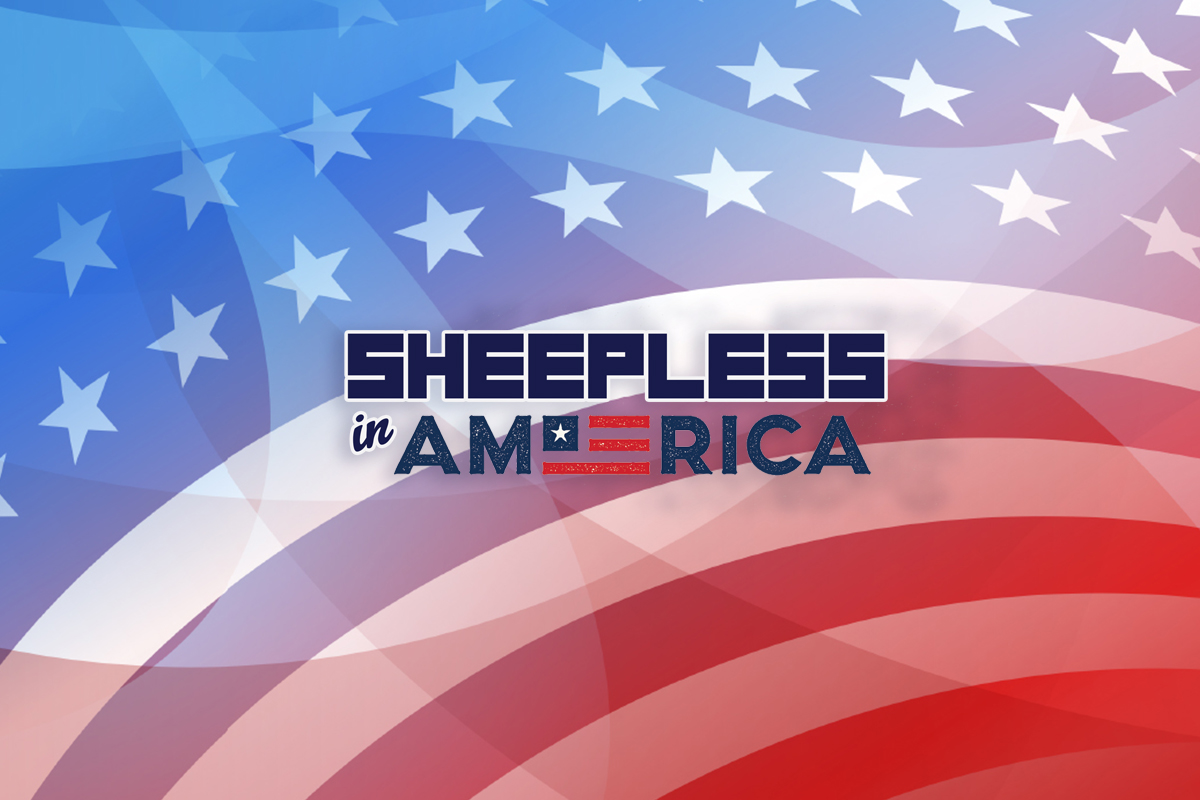Queen Elizabeth II was no stranger to the United States and the White House. She first visited in 1951 as a young princess, meeting with President Harry Truman. As queen, she met with every American president in either the U.S. or Britain from Dwight Eisenhower through Joe Biden, with the exception of Lyndon Johnson.
The queen, who died Sept. 8 at age 96 after a record 70-year reign, met with more American presidents than any other head of state. She came to the U.S. eight times on official and unofficial visits and attended five state dinners.
Queen Elizabeth personified the “special relationship” between the United States and the United Kingdom. As a sign of solidarity with our country, the queen ordered “The Star Spangled Banner” played at Buckingham Palace two days after the Sept. 11, 2001, terrorist attacks on the U.S. Days later, she broke with protocol and joined in singing the American national anthem at St. Paul’s Cathedral in London, tears in her eyes.
The final White House state dinner for the queen and her husband, Prince Phillip, was held on May 7, 2007, hosted by President George W. Bush and first lady Laura Bush.
QUEEN ELIZABETH II WAS ONE OF THE GREATEST LEADERS OF THE MODERN ERA
In remarks as she offered a toast at the state dinner, the queen praised the U.S. for coming to the aid of her country and others in Europe in World War II. “I grew up in the knowledge that the very survival of Britain was bound up in that vital wartime alliance forged by Winston Churchill and President Roosevelt,” she said.
“Divided, all alone, we can be vulnerable,” the queen added. “But if the Atlantic unites, not divides us, ours is a partnership always to be reckoned with in the defense of freedom and the spread of prosperity.”
The 2007 state dinner was, quite literally, fit for a queen. Such elegant white tie dinners are the greatest honor for any head of state visiting the U.S.
Queen Elizabeth and Prince Philip were on a six-day tour that included a trip to Virginia to mark the 400th anniversary of the Jamestown settlement, a stop at the Kentucky Derby, and a reception at the British Embassy. The White House state dinner was the ceremonial culmination of the royal couple’s historic visit.
WHAT QUEEN ELIZABETH LEARNED FROM THE CHALLENGES OF WORLD WAR II
Mrs. Bush and her East Wing team spent six months preparing for the state visit. Elegant gold-rimmed invitations were engraved and hand-penned by White House calligraphers. White House florists planned arrangements for every public space.
White House Executive Chef Cristeta Comerford held tastings weeks in advance. She designed a five-course menu that showcased the best of America with a bit of British flair.
The White House floors were freshly polished, and the walls (inside and out) were repainted, the grounds perfected. Photographs from earlier royal visits were put on display, including one of President Gerald Ford dancing with the queen at the White House in 1976.
Following the state dinner, famed violinist Itzhak Perlman played. The Army Chorus concluded the evening movingly by singing “The Battle Hymn of the Republic.”
Queen Elizabeth and Prince Philip thanked all the White House residence staff members who had worked so hard on the state dinner, shaking hands with each of them. And in a remarkable gesture of gratitude, the royal couple later sent invitations to staff members and their spouses for dinner at Buckingham Palace.
CLICK HERE TO GET THE OPINION NEWSLETTER
The queen entertained on a grand scale with the help of many staff members, so she appreciated the work of the White House staff and wanted to give those who had worked so hard on the dinner honoring her an evening to remember equal to the one that she had received at the White House.
When I interviewed him for my book “Entertaining at the White House, Decades of Presidential Traditions,” Coast Guard Rear Adm. Stephen Rochon, who served as director of the Executive Residence and chief usher at the White House from 2007 to 2011, praised the queen for hosting him and other White House staff members in London.
“Although I have many wonderful memories from serving at the White House, being in the presence of her majesty, in her historic royal residence, was amazing,” Rochon told me. “Her hospitality, and her thoughtfulness toward those who serve at the pleasure of the first family or royal family, told me a lot about her character. I will never forget it.”
Queen Elizabeth’s popularity in America is a testament to the deep and enduring friendship between the United States and the United Kingdom, which will no doubt continue during the reign of her son, King Charles III.
Let’s hope that in the not-to-distant future a state dinner will be held at the White House to honor King Charles and Queen Consort Camilla, strengthening the special relationship between our two nations even further.



